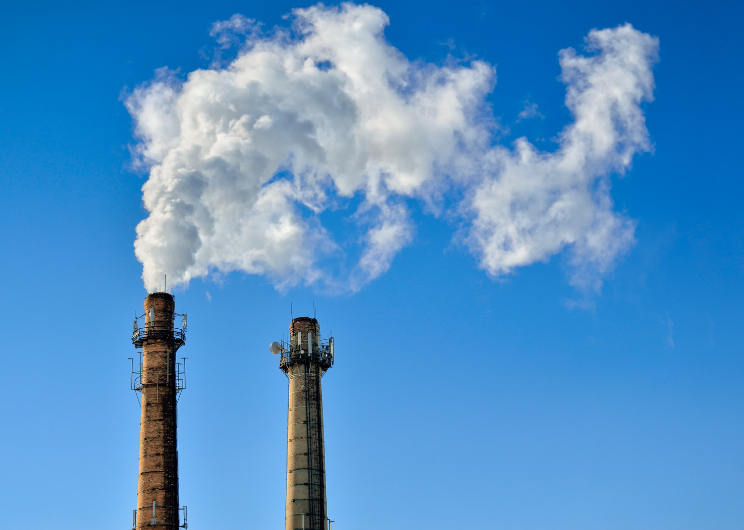In a significant environmental update, India reported a 7.93% decrease in total greenhouse gas emissions in 2020 compared to 2019. The new data, submitted to the United Nations Framework Convention on Climate Change (UNFCCC), also highlighted a 36% reduction in the nation’s GDP emission intensity between 2005 and 2020.
The report, part of India’s fourth Biennial Update Report (BUR-4), revealed that the country’s total emissions—excluding land use, land-use change, and forestry (LULUCF)—stood at 2,959 million tonnes of carbon dioxide equivalent (MtCO2e). Including LULUCF, the figure was 2,437 MtCO2e.
The main contributors to India’s greenhouse gas emissions were carbon dioxide from fossil fuel combustion, methane from livestock, and the increasing production of aluminum and cement. The energy sector emerged as the largest emitter, accounting for 75.66% of the total emissions, followed by agriculture (13.72%), industrial processes and product use (8.06%), and waste (2.56%).
Despite these emissions, the LULUCF sector remained a net sink during the 2020 inventory period, helping to offset some of the country’s emissions. Overall, India’s net national emissions 2020 were recorded at 24,36,656 gigagrams of carbon dioxide equivalent (GgCO2e).
India, home to 18% of the global population, had an annual primary energy consumption per capita of 25.4 gigajoules (GJ) in 2022—just a third of the global average of 78 GJ per person. In comparison, individuals in high-income countries consumed an average of 119 GJ per year, with the US leading at 277 GJ per person.
The report underscores the need for a significant increase in energy consumption to meet India’s development goals while continuing to manage and mitigate greenhouse gas emissions effectively.



